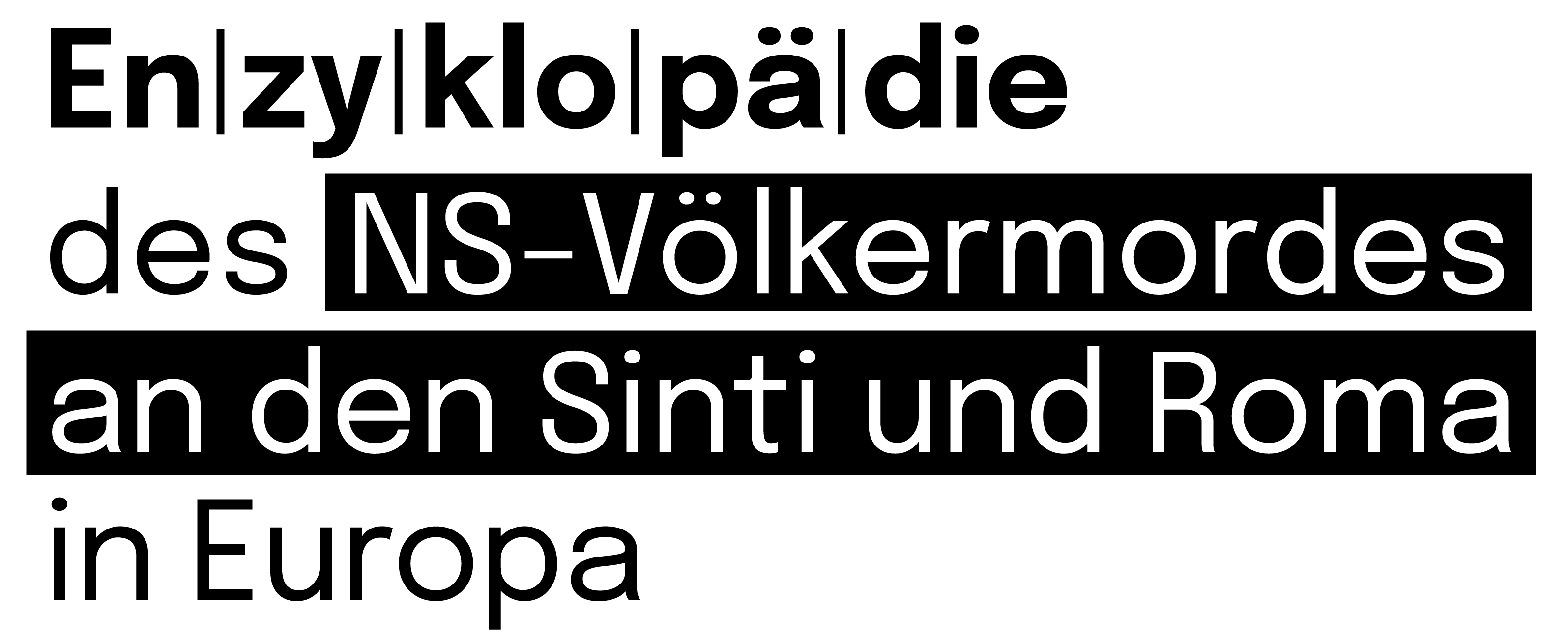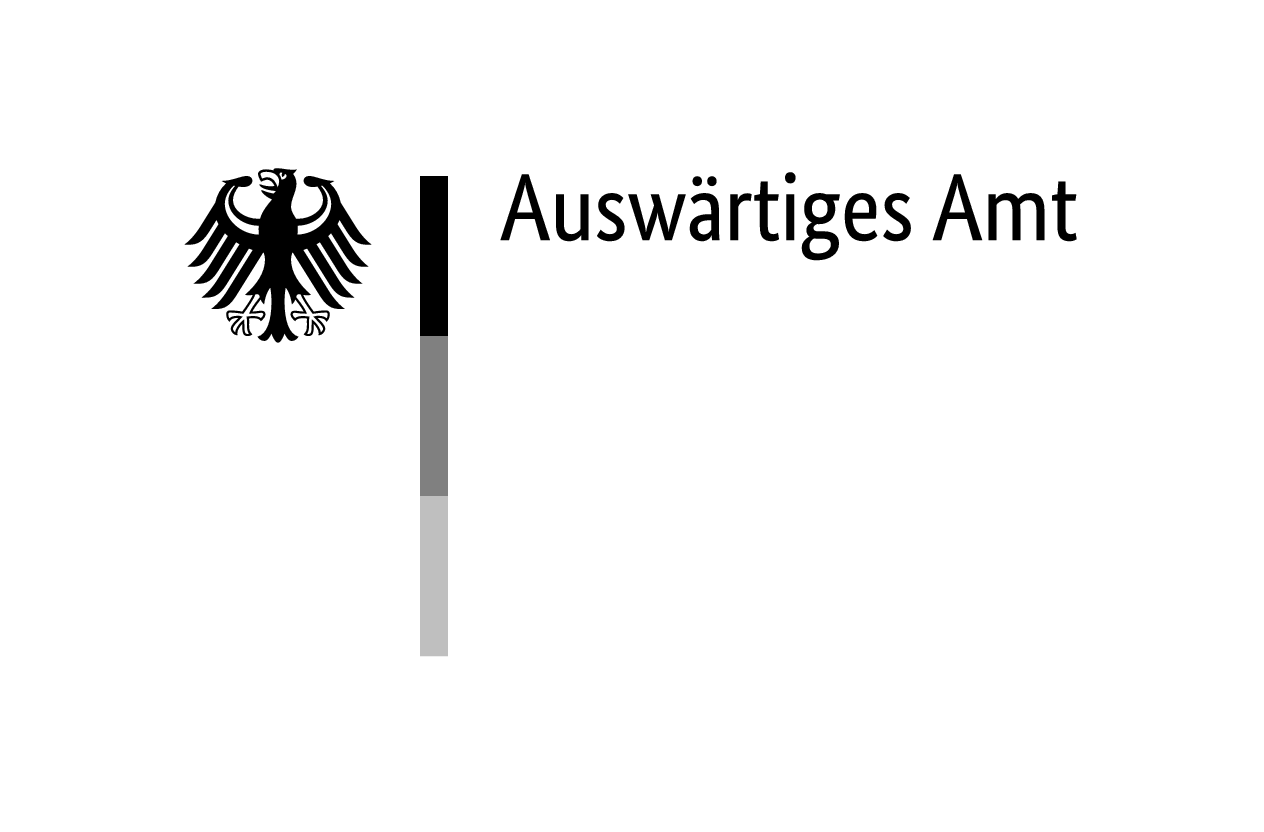Jan Yoors, born on 18 April 1922 in Antwerp, Belgium, was the son of stained-glass artist Eugeen Yoors (1879–1975) and poet and peace activist Magda Peeters (1892–1989). Eugeen and Magda Yoors emigrated to the United Kingdom in 1940. Jan Yoors joined them there in 1944, serving with the Free Belgian Forces until 1946. He made a career as an artist, practising primarily as a tapestry weaver in London from 1945. In 1950 he relocated permanently to New York, USA, where he maintained a studio until his death on 27 November 1977.
Between 1934 and 1939 Yoors travelled regularly with a kumpania of Lovara Roma whom he first met in Antwerp. He became sufficiently intimate with them to be ‘adopted’ as a son by the head of the family, who features as ‘Pulika’ in Yoors’ books and articles. In his publications, Yoors used only the Romani names of his friends and associates, and Pulika’s identity has yet to be firmly established.
Drawing on these experiences, Yoors wrote extensively about Roma, and his work is significant in that it offers an account of Belgian and French Roma resistance in World War II. That account is heavily fictionalised and lacking in details. At the same time it is important as early testimony to Roma resistance activities and has provided impulses to recent research on this dimension of the genocide.
Yoors’ Publications
Yoors described his personal experiences of travelling with Pulika and his family, and aspects of Romani life and customs as he had observed them, in articles for the journal of the Gypsy Lore Society, which he joined in London in 1944. The articles were illustrated with his own photographs of Roma, many more of which were published and exhibited in later years.
Yoors’ first book-length publication was ‘The Gypsies’ (1967). In it, much of the material from his earlier articles appears, modified to combine ethnography and autobiography in a sometimes Gypsylorist style. ‘The Gypsies’ also introduces a brief account of the wartime experiences of Pulika’s kumpania; Yoors reports that they were actively involved in resistance activities until mid-1943, when some were captured by the German police and others went underground. His next book, ‘Crossing’ (1971), is entirely devoted to the wartime events and to the resistance story.
Yoors’ Wartime Activity
Yoors’ account of Romani resistance is embedded in a narrative about his own wartime activities which he repeated with variations throughout his life, including in an (unsuccessful) application to be recognised as a resistance fighter. He describes being approached in Paris in 1940 by a French agent of the British secret service, who trained him in commando techniques and asked him to act as liaison between ‘them’ and the Roma. Sometimes under Yoors’ leadership, Pulika and other Roma cooperated with the resistance. Arrested with his Romani friends by the Geheime Feldpolizei (implicitly in Paris) in early 1943, Yoors was held in prison for several months, interrogated and tortured.
Following his release and escape to Spain, he was approached by Allied intelligence to assist in smuggling endangered persons across the border. He led groups through France and across the Pyrenees with help from German Sinti who were employed in the German military administration. Following several months’ successful work, he was arrested in Spain himself and interned in the Miranda de Ebro concentration camp before being allowed to travel to England.
Recent research in public and private archives, notably by the Belgian writer Jo Govaerts (born 1972), and interviews with contemporaries show that much of Yoors’ narrative cannot be corroborated and/or is highly implausible as he tells it. There is no evidence of underground contacts or activities before 1943, although the possibility exists given the documented connections between Yoors’ aunt, Betsie Hollants (1905–1996), and French resistance groups. Yoors was also a good friend of the resistance fighter Jan Daelemans (1921–1944), who operated two maquis camps which feature in ‘Crossing’.
During 1942 Yoors was travelling with Roma, including the Petalo family, and other itinerants and agitating to prevent their deportation, and in January 1943 he was in the company of six Roma when they were arrested by the Belgian police for breaching a deportation order: Marie Koi (1901–1944?), born in Oslo, Norway, French-born Madeleine Gorgan (1903–unknown), Louise Vandermeulen (1921–unknown), Adolphe (1915–unknown) and Paprika (1908–unknown) Petalo, and Maronna Fidi (1918–1944?). Louise Vandermeulen, Maronna Fidi and the Petalos were probably close relatives, members of interlinked families based mainly in Belgium and the Netherlands (although Maronna Fidi had been born in Barcelona). Louise Vandermeulen was ordered to be detained and the Petalos sent for internment; what happened to them or to Madeleine Gorgan in subsequent years is not recorded. Marie Koi was among the Roma arrested at the end of 1943 and deported to Auschwitz-Birkenau concentration and extermination camp from Mechelen camp on the notorious ‘Transport Z’ in January 1944. Maronna Fidi was deported to Auschwitz-Birkenau from Westerbork camp in the Netherlands on 19 May 1944, along with other Fidi and Petalo family members. There is no evidence that either Koi or Fidi survived.
Yoors was not detained in January 1943, but he was arrested in Brussels in February and held in the Wehrmacht prison in Antwerp until June 1943. His body bore evidence of torture. He made his way to the south of France with the help of clandestine operatives and was a member, though not the leader, of a group which crossed the Pyrenees in November 1943. After a period of internment, including in Miranda de Ebro, the British Embassy secured Yoors’ release and he travelled to England.
Roma and Resistance
Irrespective of the nature of Yoors’ own role, efforts to identify Pulika and the other Roma with whom Yoors travelled have thrown new light on the prelude to the genocide and on Romani resistance activities. Yoors himself reported that Pulika used the names Vandermeulen and Wadosch/Vadoche, and these names feature not only in the records of Yoors’ activities (Yoors sought out Pulika’s surviving daughter Keja under the name Eugénie Vandermeulen in 1961) but in the wider archive of wartime internment and deportation: Vandermeulens and Vadoches were among the ‘Transport Z’ deportees, as were relatives of the Vandermeulens who also used the names Taicon, Galut and Gorgan. Jo Govaerts interviewed members of the Modest family whose friends and relations appear in Yoors’ photographs from the 1930s, and who also identified members of the Vadoche, Petrebos, Karoli and Petalo families as subjects of the photographs.
Individual Roma who remembered or may have been associated with Yoors also reported having been involved in acts of resistance or knowing others who had been. These include an elderly member of the Leimbergen family who spoke to Jo Govaerts. They also include the three Roma survivors whom José Gotovitch (born 1940) interviewed in 1976: ‘Transport Z’ deportees Kore-Herman Taicon (1924–unknown) and Paprika Marie-Jeanne Galut-Modis (1925–unknown), and Paprika’s husband Yayal-Jean Galut (1923–2014), who was sheltered by non-itinerant relatives after escaping imprisonment in Rekkem. It seems likely that these three were members of Pulika’s kumpania, since Yoors names among his Romani contemporaries Pulika’s son Kore and a boy called Yayal who later married Paprika. There remains some uncertainty, however, since Yoors reports in ‘The Gypsies’ that while Yayal and Paprika survived the war, Kore died not long after being liberated from Buchenwald. While Yoors’ claim that Pulika actively cooperated with the maquis is only tenuously supported by photographic evidence that he introduced Jan Daelemans to his Roma friends, the direct association of other Roma (including Gorgans) with the maquis is a matter of record. Similarly, Yoors’ description of Roma collecting surplus ration cards to supply clandestine fighters, producing and delivering false identification documents, carrying messages and smuggling people, supplies and arms in their caravans is plausible and in keeping with what is known from other sources. Accordingly, recent research by the anthropologist Lise Foisneau (born 1990) encourages us to see ‘Crossing’ as offering a valuable insight into Romani experiences and practices in wartime.




